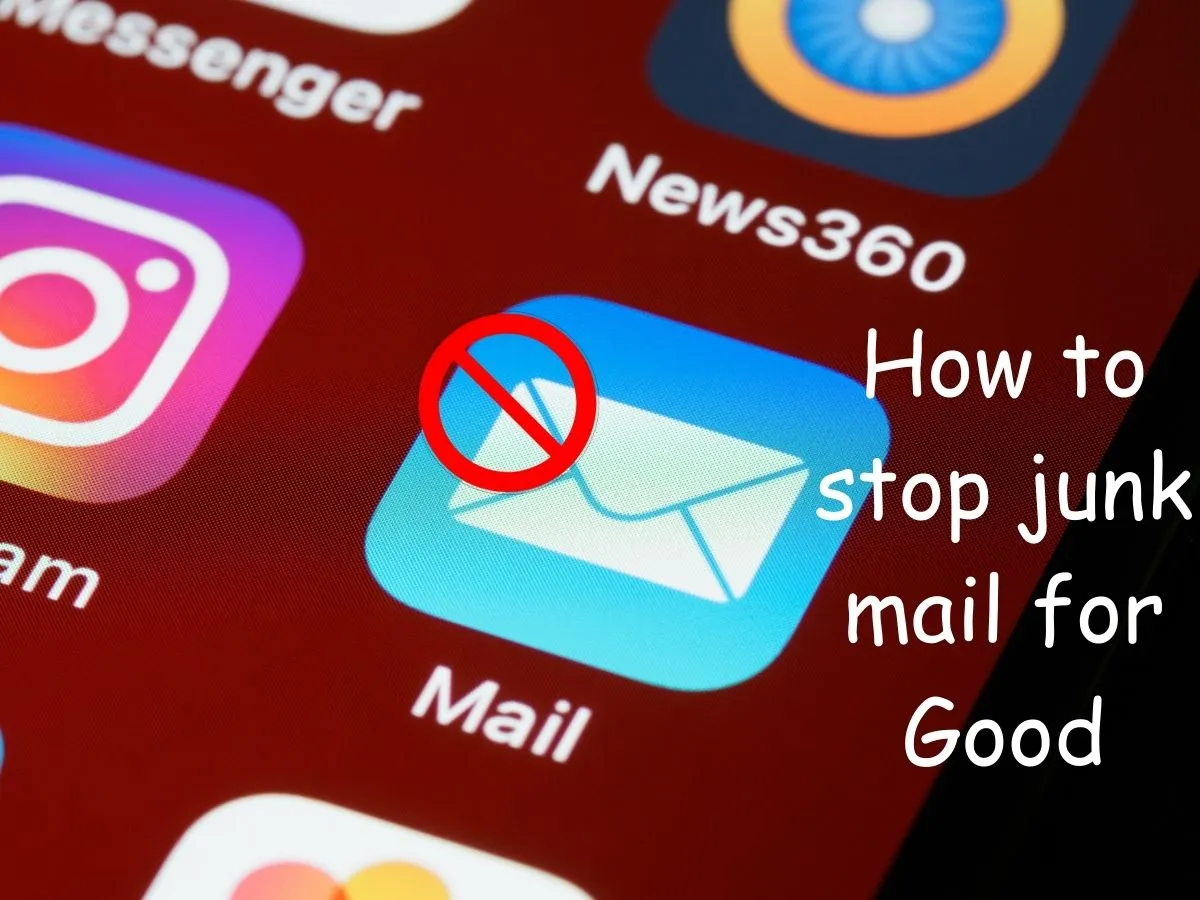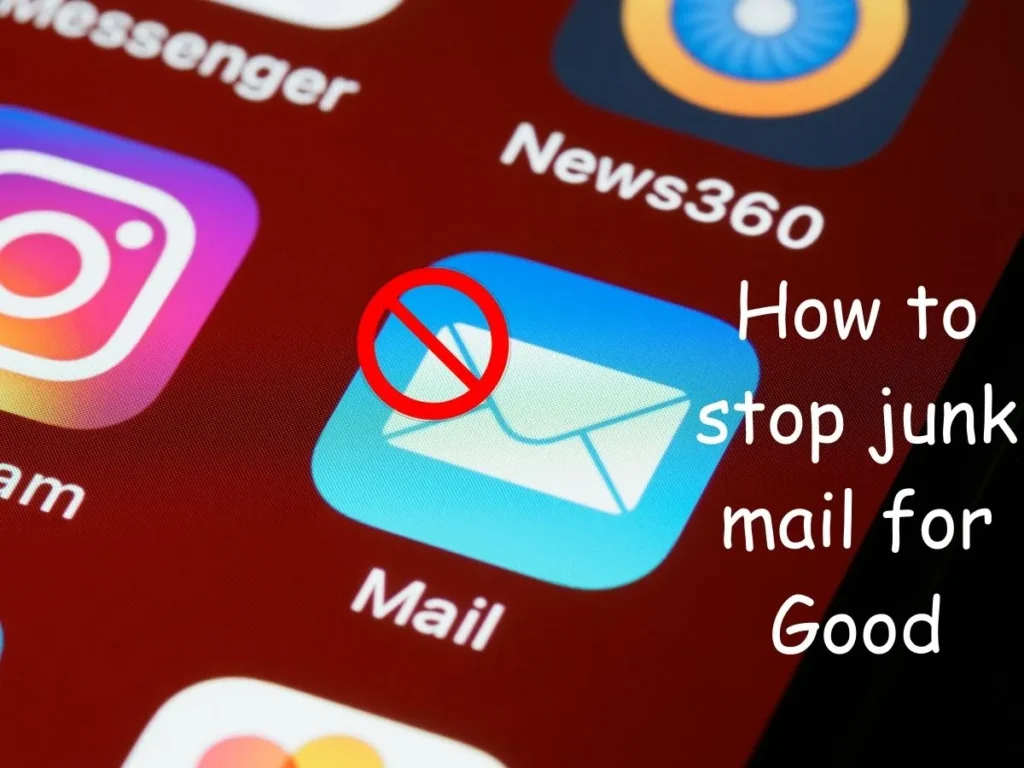
In the digital age, our inboxes are constantly bombarded with an overwhelming influx of junk mail. The annoyance and frustration caused by these unsolicited emails can be unbearable. At [Your Company Name], we understand the need for a clutter-free inbox and have compiled a comprehensive guide on how to stop junk mail once and for all.

Understanding the Origins of Junk Mail
Junk mail, often referred to as spam, can originate from various sources. It could be the result of signing up for online services, making purchases, or even unknowingly subscribing to newsletters. To effectively combat this issue, it’s crucial to identify the root causes.
Decoding the Diverse Types of Junk Mail
Junk mail comes in various forms, each vying for our attention in the digital realm. Understanding the distinct types of unsolicited emails empowers individuals to take targeted action against this nuisance.
1. Promotional Offers and Discounts
One of the most prevalent types of junk mail is the flood of promotional emails offering enticing deals, discounts, and exclusive offers. While legitimate businesses use email marketing for promotional purposes, distinguishing between valuable promotions and spam can be challenging.
How to Combat:
Regularly review and unsubscribe from promotional emails that no longer align with your interests or needs. Utilize email filters to categorize and streamline promotional content.
2. Phishing Scams
Phishing emails disguise themselves as trustworthy entities, attempting to deceive recipients into providing sensitive information such as passwords or credit card details. These deceptive emails often mimic reputable organizations, making them perilous for unsuspecting users.
How to Combat:
Exercise caution when receiving unexpected emails requesting personal information. Verify the sender’s authenticity by directly contacting the organization through official channels.
3. Chain Emails and Hoaxes
Chain emails, often containing false information or sensationalized stories, are a persistent form of junk mail. These emails encourage recipients to forward the message to others, contributing to the spread of misinformation.
How to Combat:
Educate yourself and others about fact-checking resources. Avoid forwarding chain emails and promptly delete them to prevent their perpetuation.
4. Unsolicited Newsletters and Subscriptions
Subscribing to newsletters and online services often results in an influx of unsolicited emails. While some subscriptions are intentional, others may be the result of unchecked pre-selected options during online registrations.
How to Combat:
Regularly review and unsubscribe from newsletters that no longer serve your interests. Be cautious when providing your email address during online registrations and opt-out of unnecessary subscriptions.
5. Survey and Feedback Requests
Junk mail may manifest as seemingly harmless survey or feedback requests. While legitimate companies seek customer opinions, spammers exploit this tactic to gather personal information or distribute malware.
How to Combat:
Exercise skepticism when receiving survey requests from unknown sources. Verify the legitimacy of the request before providing any personal information.
6. Malicious Attachments and Links
Some junk mail contains malicious attachments or links that, when opened, can compromise the security of your device. These phishing attempts often rely on unsuspecting users to click on links or download files.
How to Combat:
Avoid clicking on links or downloading attachments from unfamiliar or suspicious emails. Install reputable antivirus software to enhance your device’s security.
How to stop junk mail for Good
Unsubscribing Strategically
One effective way to reduce junk mail is by strategically unsubscribing from mailing lists. Take the time to review the emails you receive regularly and identify the ones that no longer serve your interests. Look for the unsubscribe link at the bottom of the email, and with a simple click, you can significantly decrease the inflow of unwanted messages.
Strengthening Email Filters
A robust email filter is your first line of defense against junk mail. Modern email platforms offer advanced filtering options that allow you to customize and enhance your spam detection. By regularly updating and fine-tuning your email filters, you can ensure that only relevant and desired emails reach your inbox.
Utilizing Advanced Spam Filters
Consider implementing advanced spam filters offered by your email service provider. These filters use sophisticated algorithms to distinguish between legitimate emails and spam, providing an additional layer of protection. Take advantage of these tools to enjoy a more streamlined email experience.
Protecting Your Email Address
Safeguarding your email address is paramount in preventing junk mail. Avoid publicly sharing your email address on websites or forums where it can be harvested by spammers. Additionally, use unique and complex passwords to secure your email accounts, reducing the likelihood of unauthorized access and misuse.
Creating Disposable Email Addresses
For online transactions or sign-ups that may lead to promotional emails, consider creating disposable email addresses. These temporary addresses can be used for specific purposes and discarded when they start receiving unwanted messages, leaving your primary email inbox pristine.
Reporting and Blocking
Taking an active stance against junk mail involves reporting and blocking unwanted senders. Most email platforms provide tools that enable users to report spam and block specific email addresses. By utilizing these features, you contribute to the collective effort of reducing spam for all users.
Regularly Reviewing Blocklists
Periodically review your email blocklist to ensure that it aligns with your current preferences. This practice allows you to adapt to changing circumstances and ensures that legitimate senders are not inadvertently blocked.
Conclusion
In conclusion, eliminating junk mail requires a multifaceted approach that combines proactive measures and strategic decision-making. By unsubscribing strategically, strengthening email filters, protecting your email address, and utilizing reporting and blocking features, you can reclaim control over your inbox.
